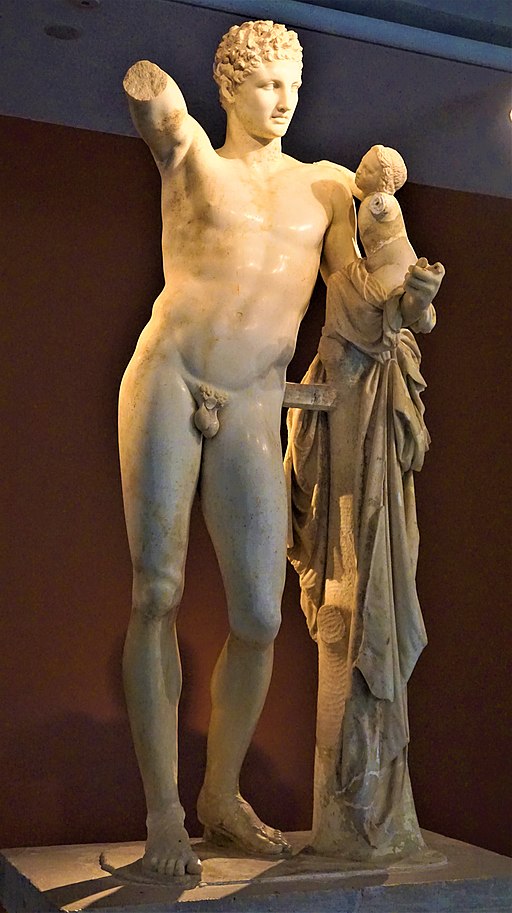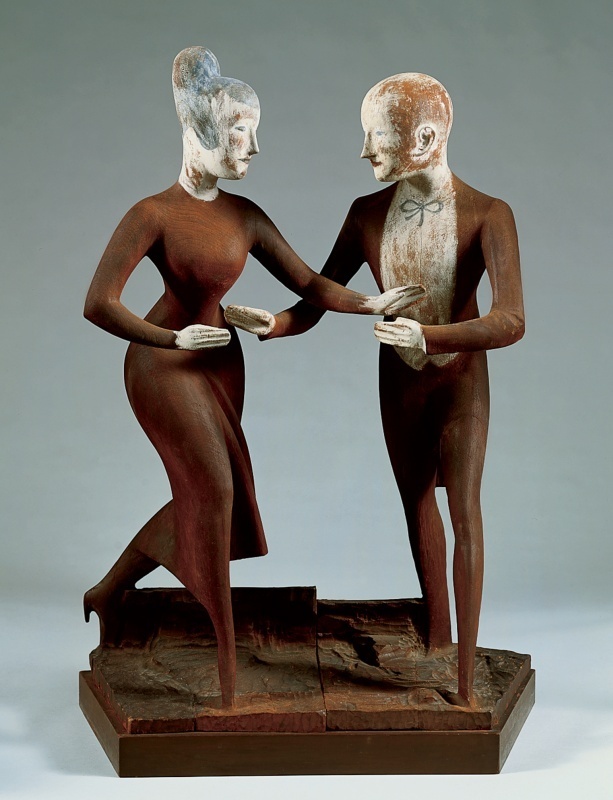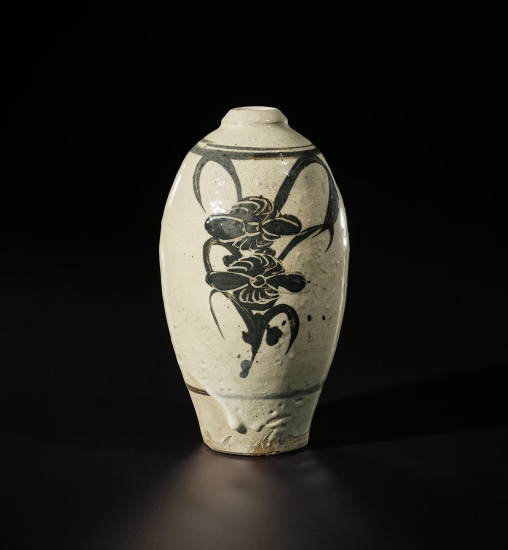Beauty is my business as thoroughly as trouble is Raymond Chandler’s. Still, you will never catch me talking about “the beautiful.” I have no idea what it is or what it might look like. A transcendental is a bit like a virtual “friend”—you never get to see it. In the lived life, beauty is sensible. It resides in individual things, in matter, the stuff of the world and of man’s hands.
Making things is the artist’s métier. Reflection on the appearance of particular things, and opinions on them, is within an artist’s bailiwick. But the marshlands of aesthetics are not. Neither are the umbras and penumbras of St. Thomas, where adepts scout out what he did not say but might have if he had been born later. This is sacred ground; artists should stay off the grass. Besides, post-Enlightenment steeplechases are no help in the studio.

The most enduring part of Clive Bell’s influential 1913 essay Art and Significant Form is its opening lines:
It is improbable that more nonsense has been written about aesthetics than about anything else: the literature of the subject is not large enough for that. It is certain, however, that about no subject with which I am acquainted has so little been said that is at all to the purpose.
Several centuries of intellectual hunting and gathering have been pledged to the effort to rationalize and systematize discussion of beauty. It is a mischievous topic, better left to philosophers and theologians. Yet even they can skid on it. Listen to Hans Urs von Balthasar:
[Beauty] is that aspect of reality without which the ancient world refused to understand itself. But ‘beauty’ has now become a mere word; while beauty herself has finally now bid farewell, imperceptibly and yet unmistakably, to our brave new world of commercial interests, leaving it to its own avarice and sadness.
It takes chutzpah to make a pronouncement like that. Yet the quote is repeated with worshipful nods of assent, signaling the reciter’s break from the undiscerning masses. But is Balthasar’s allegation as consequential as it sounds? It is confident, sonorous, Germanic. But is it believable? Did the ancient pagan world—with its hot bull’s blood, temple slaves, and envious gods—hold to beauty in the conduct of life more intimately or adroitly than our own? Or is it simply that Balthasar prefers Praxiteles to Elie Nadelman?

Balthasar’s imperious assertion begs all evidence. Beauty has certainly not left the world. Like grace, it is everywhere. We have only to keep our eyes open. The philosophical mind is under no such obligation. It greets essences, not things. Its forte is speculative, not practical, not empirical. It owes no generosity to the tackle and trim of the workaday world.
When it does descend to things, speculation is often colored more readily by status—a socioeconomic bias—than by perception. Remember Henri de Lubac’s comment that Balthasar, his acolyte, was “perhaps the most cultivated man of his time.” It is tempting to ask if the flattery might have been less fulsome if Balthasar had whistled and played the harmonica instead of the piano. Even if he performed with the eloquence and delicacy of the great Belgian jazz musician Toots (Jean-Baptiste ) Thielemans, odds are that de Lubac’s tribute would have had a dent in it.
There exists tremendous beauty in man’s ingenuity in creating the ravishing abundance of goods that deliver us from mere subsistence. All the implements and resources that permit us to live longer and more easily deserve honor in discussions of what constitutes beauty. In reality, there is no inherent opposition between beauty and serviceability. Those who presume to hold a measure—the aesthetician’s sword of Merlin—by which to determine true beauty and fix it in place pride themselves unnecessarily.

Things created as objets d’art can be quite dreadful; something as ordinary as a salt shaker can be beautiful. It is that very respect for utility that informed the life’s work of Shoji Hamada (d. 1978), the great Japanese ceramicist. Dedicated to the production of everyday wares, he had been drawn initially to painting. He explained his fateful reversal: “Even a bad pot has some use but with a bad painting there is nothing you can do but throw it out.”

When I turn on hot water or come in from the cold, I am reminded of the functional beauty of the network of copper pipes connected to my boiler. And the boiler, in its homely, hard-working boilerhood, is itself a thing of beauty. High intellectual elegance imagined the ignition system that gets it going. A congeries of creative intuitions are hidden in the nerve patterns of vigilant gauges that alert the oil company, several towns away, when my fuel tanks are running low.
We sin against ourselves by believing that beauty has gone out of the world. It has not. Too many of us simply dislike acknowledging how much the ability to create and maintain it on a modern scale is owed to the loveliness of mechanics. To bushings, bearings, cranks, carburetors—every imaginable category of mechanical design—and to commercial enterprises like Weil-McLain and Honeywell who make our boilers and our gauges.


